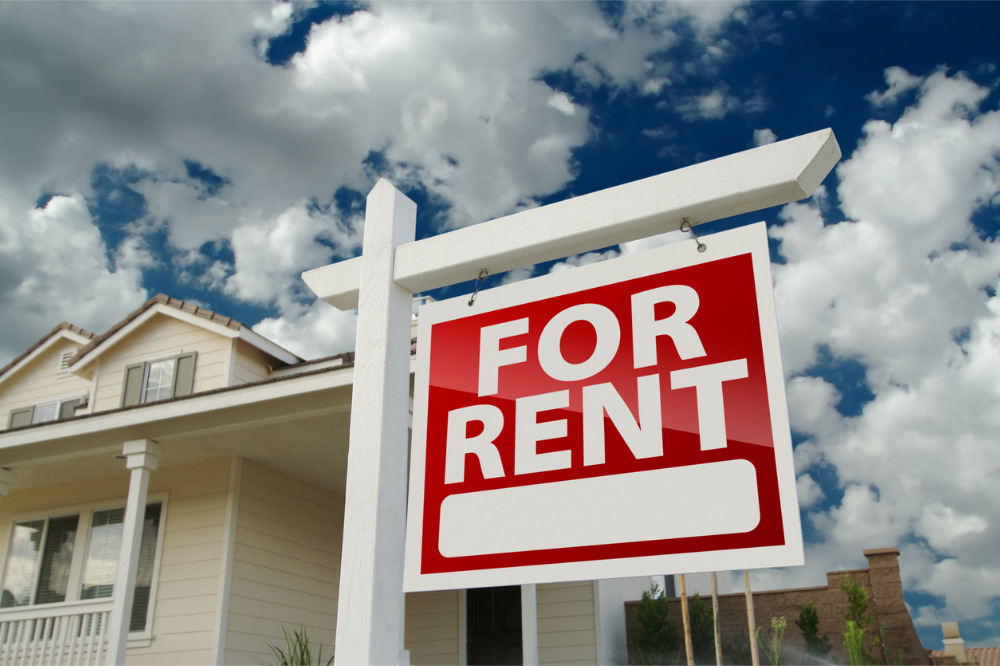Rental prices spiked at their fastest pace in seven years in the year to June 2022, amid a continued crunch in stock available for rent, according to the PropTrack Rental Report June 2022.
The report found that median weekly rental prices have risen 7% compared to June last year, marking the strongest annual rate of rental growth recorded since before 2015. The total supply of rentals available, meanwhile, has declined 27.7% below its decade average.
Rental price surges were felt the most regionally, climbing 11.4% year-on-year, compared to just 4.4% in the capital cities. The soaring rental prices came as the volume of stock available for rent continued to shrink, with the number of new rental listings in June 2022 some 13.8% lower than the decade average.
The limited supply drove competition in the rental market, with the number of potential renters per rental property listed on realestate.com.au increasing 28% year-on-year across capital cities, with Sydney and Melbourne experiencing the greatest increase.
Some of the heat, however, has started to come out of the market in regional areas recently, with potential renters per rental property listed on realestate.com.au rising just 6% in June year-on-year.
“Following heightened demand for rental properties from the start of the pandemic, competition in the rental market continued to heat up over the second quarter of 2022,” said Cameron Kusher, PropTrack director of economic research and report author. “Major capital city rents have fallen from the peaks experienced during the pandemic, which makes renting more attractive, particularly as home prices have risen so much over the past two years. Prices for rentals in the major capital cities are lifting on the back of reduced supply and we see this continuing for some time, particularly as populations grow and activity returns.”
Kusher said there’s also already some indication that rental pressures are easing in certain regional areas, with more stock for rent and properties taking longer to lease.
“This is logical as the impetus to shift regionally has eased as major cities have reopened,” he said. “Some people that moved during the pandemic will now return to the big cities, while others deciding to stay will look to purchase their own home.”
Kusher noted that the current rental market is extremely tight overall, with many people looking for rental properties at a time when the supply remains insufficient – with relief unlikely to be on its way any time soon.
“With overseas and interstate migration returning with borders now reopened, it seems likely that rental conditions will tighten further over the coming months,” he said. “This is likely to be most evident in Sydney and Melbourne, where rental demand and prices dropped throughout the pandemic but are now rebounding rapidly. While investor borrowing as a share of total lending is increasing, we’re still seeing a heightened volume of sales from investors and the reopened borders are likely encouraging landlords to move their properties from the long-term to short-term rental markets, further reducing supply.
Kusher said the “ultimate solution” to the tightness of the rental market is more rental properties.
“Increased investor purchasing is addressing this, but it will take some time to ease the existing pressure,” he said. “Federal and state governments continue to offer incentives to first-home buyers. With property prices falling and rents rising, this may encourage some to move from renting to ownership. Over time this may ease some of the rental supply pressures, but it is likely to mostly be offset by the return of arrivals from overseas, most of whom seek rental accommodation on arrival.”
Here are some of the additional findings from the report:
- Weekly rents across the combined capital cities were 2.2% higher over the past three months, rising 2.3% across the combined regional markets.
- Regional areas in South Australia (17%) and Western Australia (12.8%), along with Darwin (14.6%) and Adelaide (10.3%) recorded the largest year-on-year increases in rents.
- The volume of total rental listings fell by 1% in June 2022 and was 18.2% lower year-on-year, bringing the volume 27.7% lower than its decade average.
- The median rental days on site nationally was recorded at 20 days in June 2022, just above the historic low of 19 days reached in April 2022.


